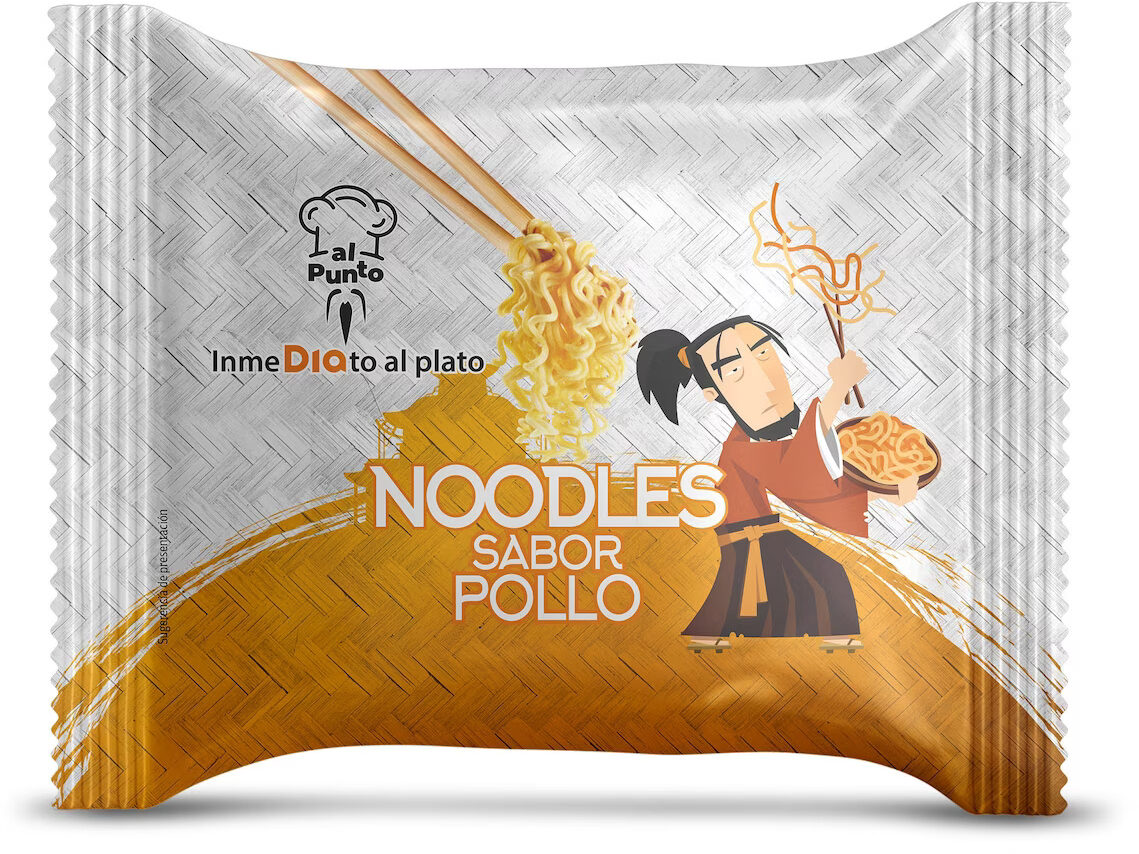Fideos chinos de pollo - Dia - 85g
Aquesta pàgina del producte no està completa. Podeu ajudar a completar-la editant-la i afegint-hi més dades a partir de les fotos ja disponibles, o fent-ne més amb l'aplicació de androide o iPhone / iPad. Gràcies!
×
Codi de barres: 8480017097651 (EAN / EAN-13)
Quantitat: 85g
Empaquetament: Plàstic
Marques: Dia
Categories: Aliments i begudes amb base vegetal, Aliments amb base vegetal, Cereals i patates, Cereals i derivats, Pasta, Fideus, en:Chinese noodles, en:Tagliatelle
Botigues: Dia
Països on es va vendre: Espanya
Matching with your preferences
Entorn
Empaquetament
Transport
Espècies amenaçades
Report a problem
Fonts de dades
Producte afegit per rdelcampog
Última modificació de la pàgina del producte per sebleouf.
La pàgina del producte, també editada per inf, joseangel-madrid, kiliweb, packbot, thaialagata, yuka.AeBaZcS2Ou0LDcf8zZ1q0WOiDbrhP9BaGn4kog, yuka.UnJ3WlNhZzhnTUV5bnZNeDNBUFIzZEI1NVpDcFhqM3NNTElPSVE9PQ.










